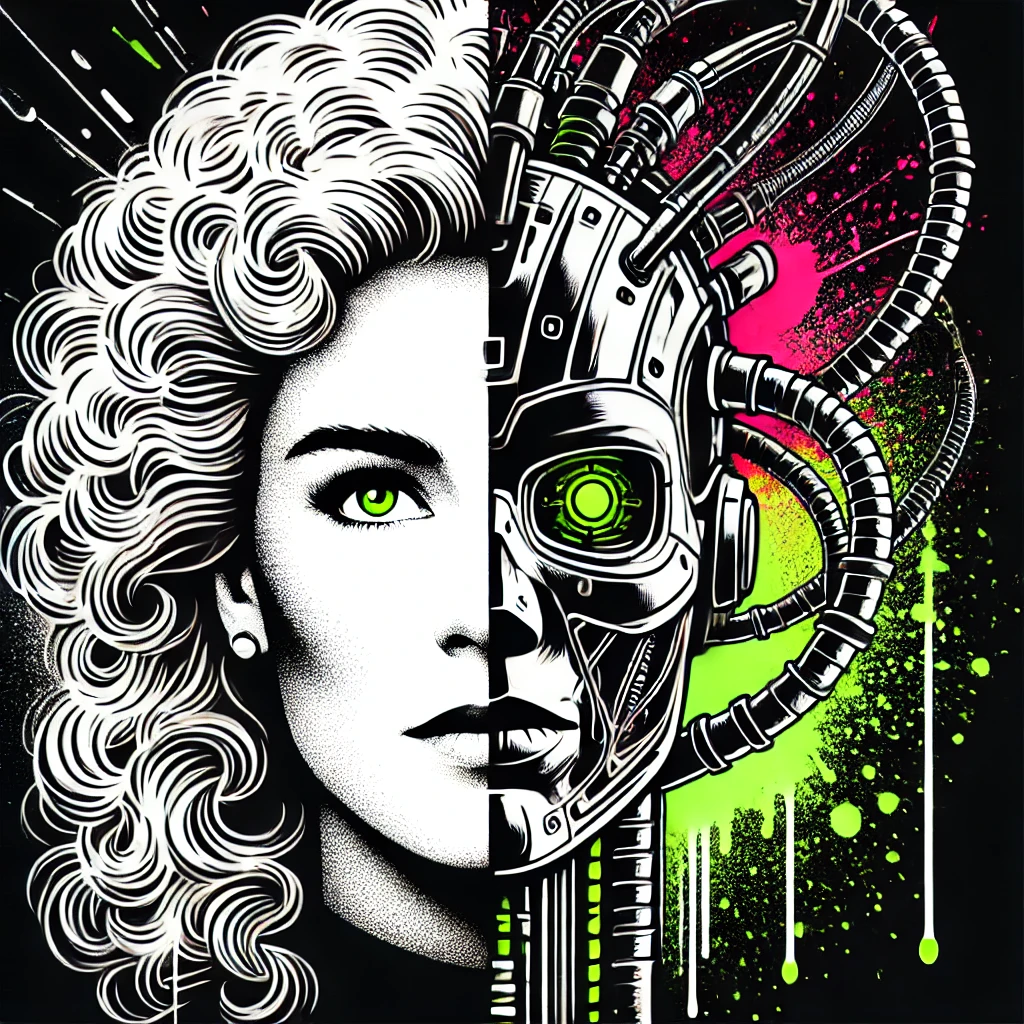Your cart is currently empty!
How Roddenberry’s Vision Evolved Beyond Its Origins, Paving the Way for Diverse Heroes
“Star Trek,” conceived by Gene Roddenberry in the 1960s, has long been celebrated for its progressive portrayal of a utopian future where diversity and inclusion are paramount. The original series (TOS) broke new ground by featuring a multiracial crew, including Lieutenant Uhura, portrayed by Nichelle Nichols, who became a symbol of racial and gender equality. Nichols’ role was so impactful that Martin Luther King Jr. personally encouraged her to remain on the show, emphasizing its significance for African Americans and women.
However, despite these strides, Roddenberry’s vision was not without its shortcomings. The original series often depicted women in stereotypical roles, with female crew members frequently appearing in miniskirts and serving primarily as assistants or romantic interests. This portrayal reflected the prevailing societal norms of the 1960s, limiting the depth and agency of female characters.
As the franchise evolved, subsequent series sought to address these limitations by introducing more complex and authoritative female characters. “Star Trek: The Next Generation” featured Dr. Beverly Crusher and Counselor Deanna Troi, while “Star Trek: Voyager” broke new ground with Captain Kathryn Janeway, the first female captain to lead a series. These developments marked a conscious effort by the creative teams to expand representation and challenge traditional gender roles within the Star Trek universe.
In “Star Trek: Picard” Season 2, Episode 4, titled “Watcher,” the narrative continues this tradition by exploring themes of human autonomy and societal flaws through a contemporary lens. The episode presents a future perspective on present-day issues, highlighting systemic injustices and the resilience of marginalized communities.
A poignant moment occurs when a character remarks on the urgency of finding a friend before ICE intervenes, underscoring the harsh realities of immigration enforcement. This scenario reflects current debates on immigration policies and the human impact of deportation practices.
The episode also portrays the dehumanizing conditions within detention centers, drawing parallels to contemporary criticisms of the prison-industrial complex. Characters express outrage at the arbitrary detention of individuals without due process, mirroring real-world concerns about civil liberties and human rights violations.
Environmental degradation and socioeconomic disparities are addressed through dialogues highlighting humanity’s self-destructive tendencies and the unequal distribution of resources. A character laments, “They got one tiny ball in the entire galaxy and all their species wants to do is fight,” reflecting frustrations with ongoing conflicts and environmental neglect.
The episode is notable for its strong female characters, both heroic and antagonistic. Dr. Agnes Jurati’s complex relationship with the Borg Queen explores themes of autonomy, assimilation, and resistance. The Borg Queen’s assertion, “Assimilation. Cooperation. Connection,” challenges notions of individuality versus collectivism, prompting viewers to reflect on the balance between personal freedom and societal integration.
The introduction of the Watcher, another formidable female presence, adds depth to the narrative by challenging traditional power dynamics and emphasizing the importance of guidance and oversight in turbulent times.
“Watcher” serves as a mirror to our current societal landscape, using science fiction to critique systemic issues and advocate for empathy, equity, and justice. By weaving contemporary social commentary into its storytelling, “Star Trek: Picard” continues the franchise’s legacy of challenging audiences to envision and strive for a more inclusive and just future.


Leave a Reply